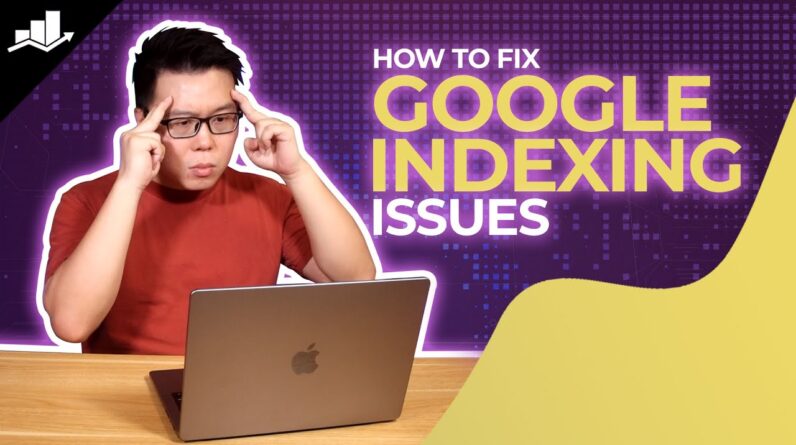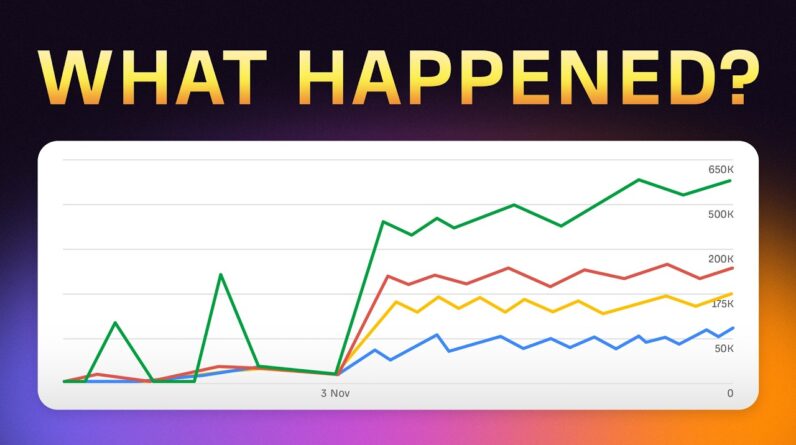
We often encounter the frustration of our website not being indexed by Google. In this blog post, we delve into the reasons behind this issue and provide effective solutions to ensure our site gets indexed properly.
Why Google Isn’t Indexing Your Site: A Comprehensive Guide
Introduction
Hey there, folks! Ever wondered why your website isn’t showing up on Google’s search results? Well, you’re not alone. In today’s digital age, having your website indexed by Google is crucial for driving traffic and reaching your target audience. But what if your site isn’t getting indexed? Don’t worry; we’ve got you covered. In this article, we’ll walk you through common indexing issues and provide you with practical solutions to get your site back on Google’s radar.
Common Indexing Issues and Solutions
If your website isn’t showing up on Google, it could be due to various indexing issues. Here are some common problems you might encounter and how to fix them:
-
404 Errors: One of the most common reasons for non-indexed pages is the presence of 404 errors. Make sure to redirect or fix broken links to ensure all pages are accessible to search engine bots.
-
Pages Indexed Without Content: Sometimes, Google may index pages that have little to no content. To prevent this, ensure that every page on your site provides valuable information to users.
Validating Fixes in Google Search Console
After making changes to your site to fix indexing issues, it’s essential to validate these fixes in Google Search Console. This tool allows you to monitor your site’s performance, submit sitemaps, and request indexing for specific pages.
Fixing Soft 404 Errors
Soft 404 errors occur when a page returns a 200 status code but doesn’t contain relevant content. To improve your site’s health, identify and fix soft 404 errors promptly.
Resolving Discovered/Crawled but Not Indexed Issues
If Google has discovered your pages but hasn’t indexed them, it could be due to issues with content quality or crawlability. Ensure that your site’s content meets Google’s E-A-T (Expertise, Authoritativeness, Trustworthiness) guidelines to enhance your SEO performance.
Optimizing for Google E-A-T
Google E-A-T plays a significant role in determining your site’s ranking on search engine results pages. By focusing on expertise, authoritativeness, and trustworthiness, you can improve your site’s visibility and credibility in the eyes of Google.
Creating a Silo Structure for Improved Rankings
Silo structure involves organizing your website’s content into categories and subcategories to enhance user experience and SEO. Follow our step-by-step guide to create a silo structure that can help you rank #1 on Google.
Driving Organic Traffic and Sales Through Content Hubs
Content hubs are centralized resources that focus on a specific topic or niche, driving relevant traffic to your site and potentially increasing sales. By creating content hubs that provide valuable information to your audience, you can attract more organic traffic and boost sales.
Conclusion
In conclusion, getting your website indexed by Google is crucial for improving your online presence and attracting more visitors. By addressing common indexing issues, optimizing your site for E-A-T, and implementing effective SEO strategies like creating a silo structure and content hubs, you can enhance your site’s visibility and drive organic traffic. Remember to monitor your site’s performance in Google Search Console and regularly update your content to stay ahead of the competition.
FAQs
- How long does it take for Google to index a new website?
- Can duplicate content prevent my site from being indexed?
- Why are some of my pages deindexed by Google?
- What role does site speed play in Google’s indexing process?
- Is it possible to manually request Google to index specific pages on my site?






